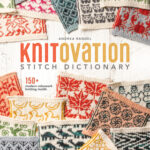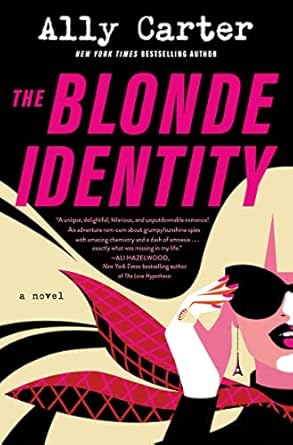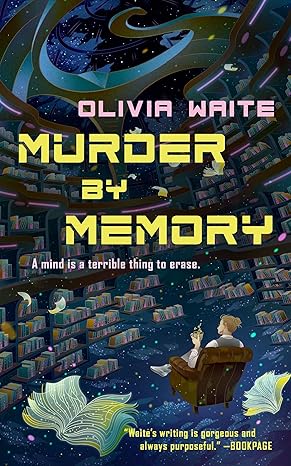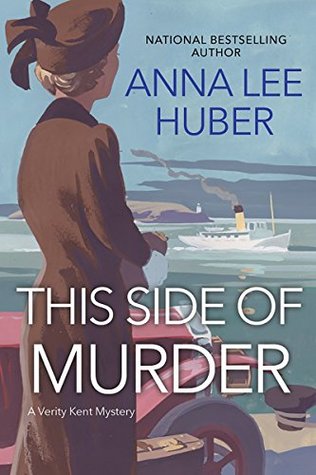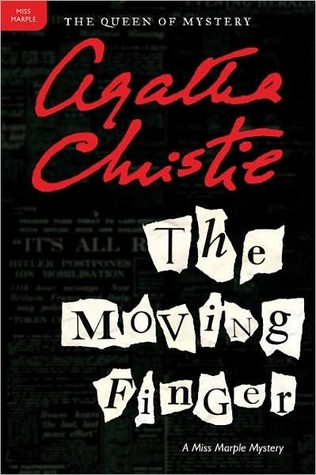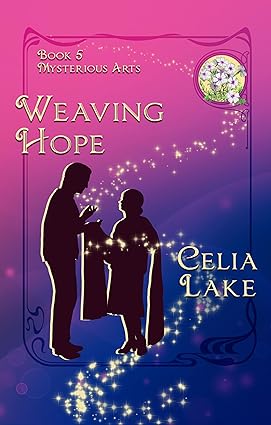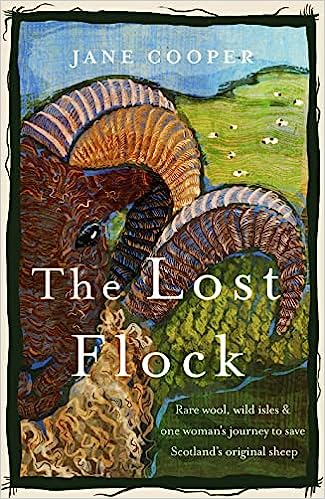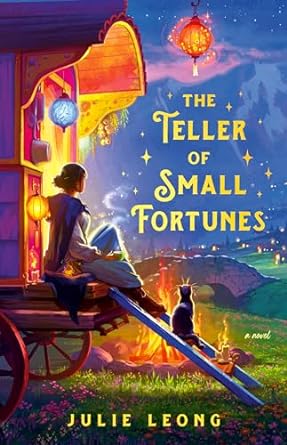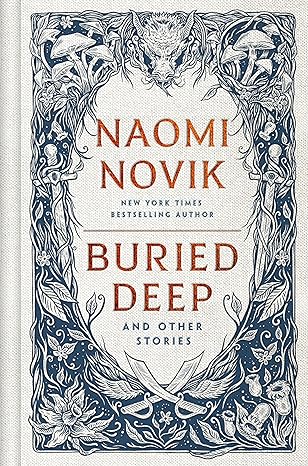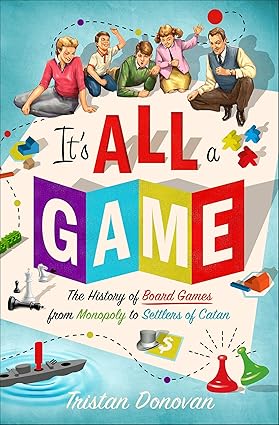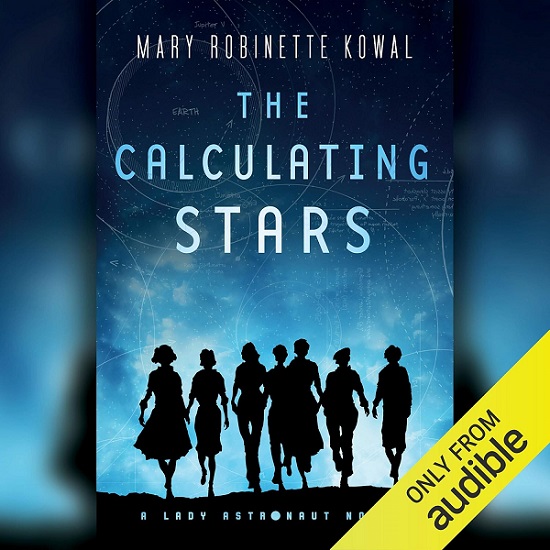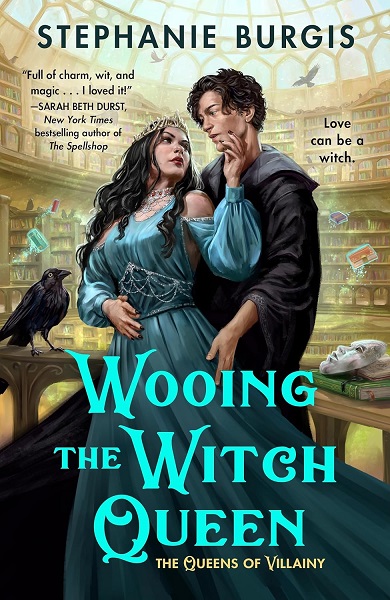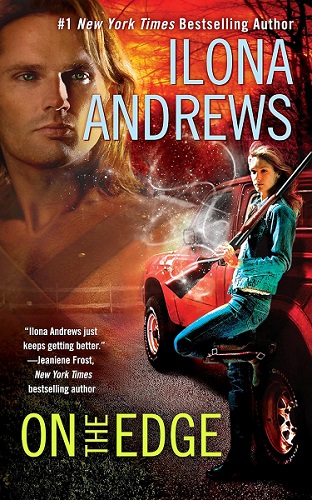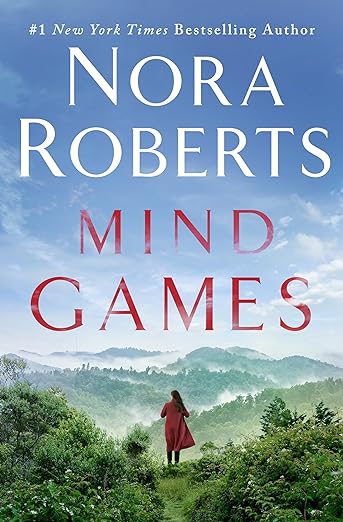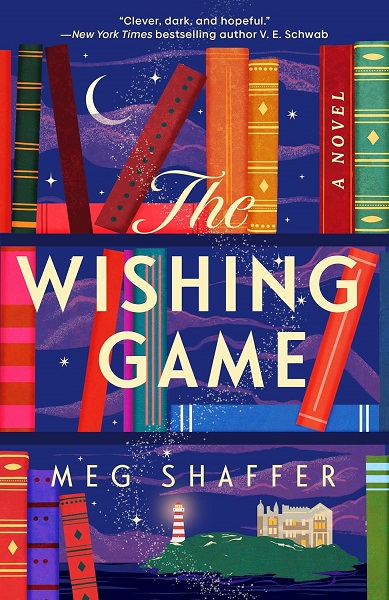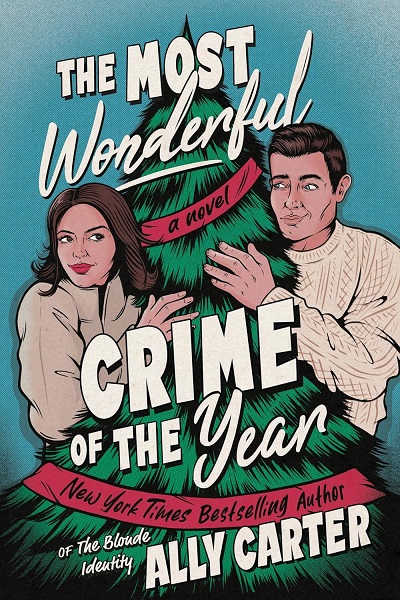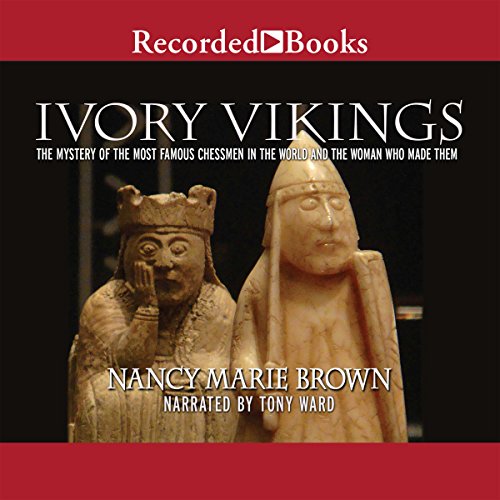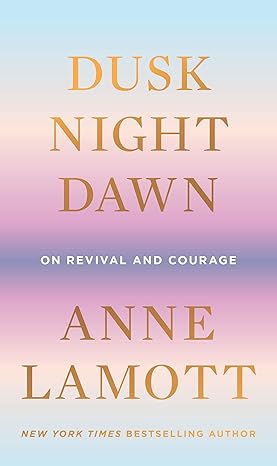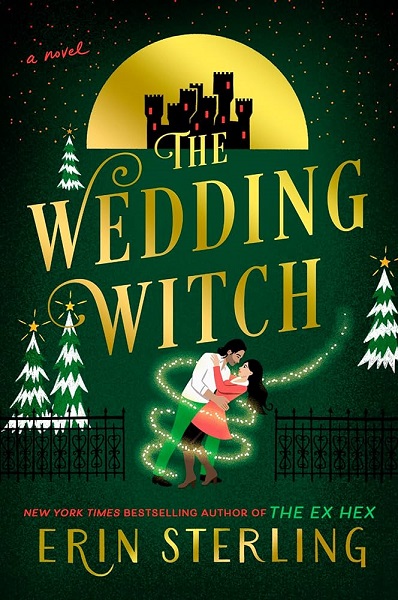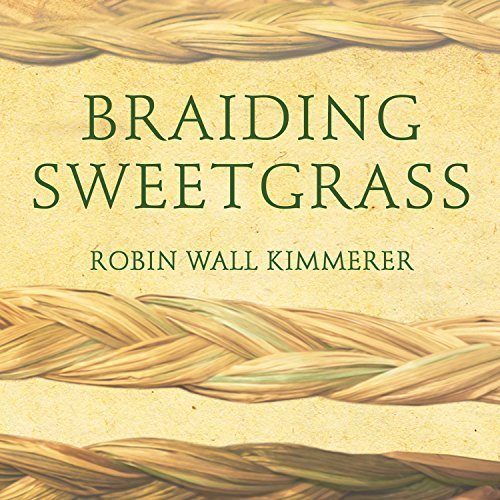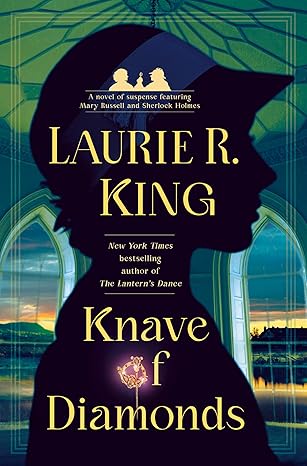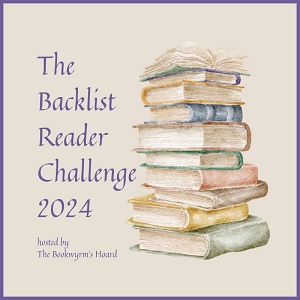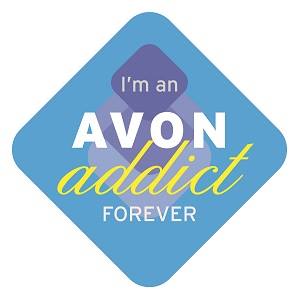Category: Craft books (knitting)
Book source: Storey Publishing graciously sent me a review copy
The first thing I thought when I opened Cast On, Bind Off: 54 Step-by-Step Methods was, “Wow, I wish I’d had this book years ago.” Laura Ann Bestor and Storey Publishing have come up with a winner: a knitting technique guide that is focused, clearly written, lavishly illustrated with photographs showing each step, and best of all, small enough to carry around in a knitting bag.
Look, I’ve been knitting for six years now (not counting a fling with knitting during college, which produced a lovely pair of legwarmers so mind-numbingly boring to knit that I didn’t pick up the needles again for over 20 years.) In that time, I’ve made countless scarves, hats, a purse, socks, and two sweaters… all using one or the other of the only two cast-on methods I know. And that’s been fine, except that I sometimes ran into patterns which called for a different cast on, maybe one that’s less stretchy than either of my tried-and-true methods. Or stretchier. Or more decorative. Then I either had to find the cast on on-line or substitute one of my familiar methods and hope for the best. The same can be said of binding off, except that I only know one method of doing that. (Well, two if you count kitchener stitch as a bind-off. Though I can’t be said to really know kitchener stitch; I have to look at the instructions every time. Even after four pairs of socks.)
| Pattern: Hermione’s Everyday Socks (photo ©Kara Pekar, 2012) |
I need this book. And if you like to knit, you probably need a copy, too. Within its pages are “33 cast ons and 21 bind offs,” covering almost everything you’re likely to come across in any project.
The book starts off with the absolute basics: how to make a slip knot, how to measure enough yarn for a cast-on tail, how to slip stitches knitwise and purlwise — great for brand-new knitters. But even if you’re a seasoned knitter, you’re likely to find something useful in this little volume.
There are a number of basic cast ons, six different stretchy versions, a lace cast on, one that produces a picot edge, cast ons for beginning a circular piece in the middle (with or without a hole), double-sided cast ons that are great for toe-up socks or bottom-up bags, tubular cast ons for when you don’t want an obvious “edge”, and even multicolor braided and twined cast ons for Fair Isle, Swedish, Latvian, or other traditions. And there are three different provisional cast ons, which means I no longer have an excuse for avoiding shawls and scarves that start in the middle and work toward the ends. Among the 21 bind offs are basic and stretchy bind offs, decorative bind offs such as picot edging and I-cord, and sewn bind offs (including the dreaded kitchener stitch.)
I love the way each group of stitches — basic cast ons, stretchy cast ons, decorative bind offs — is illustrated with photos using the same color yarn, a different color for each group. It provides a visual emphasis of the stitch groups, making it easier when you’re flipping through to see when you’ve moved out of one group into another. The photos are perfectly matched to the text, showing exactly how each step should be done. Each cast on or bind off also includes one or more photos of the finished edge. Bestor doesn’t just tell you how to do a given cast on or bind off, but where and when you might want to use it.
At 5.5″ x 7″, this little book is easy to slip into a knitting bag, which is important if you may be starting a project away from home. The spiral binding is sturdy but lays flat when you need it to. I plan to add a rubber band or elastic to hold the edges together when the book is in my bag. Other than that, I’m just delighted with Cast On, Bind Off, and can’t wait to try a new cast-on with my next knitting project.
| Pattern: Sisters Hat (photo ©Kara Pekar, 2012) |


